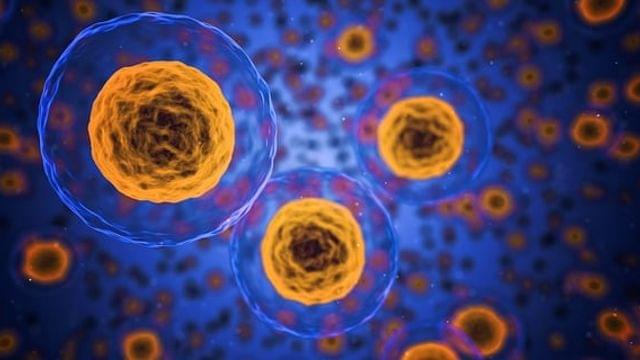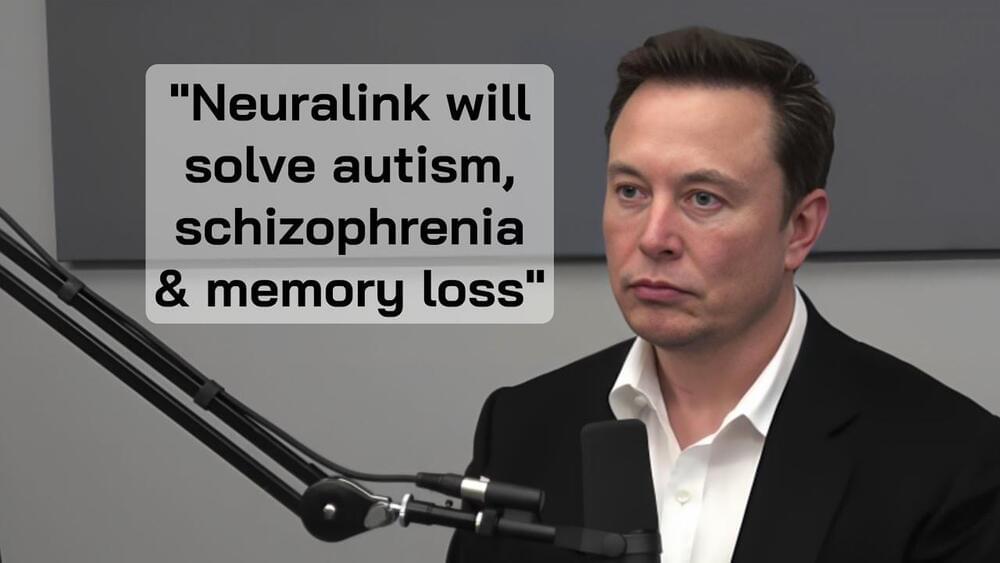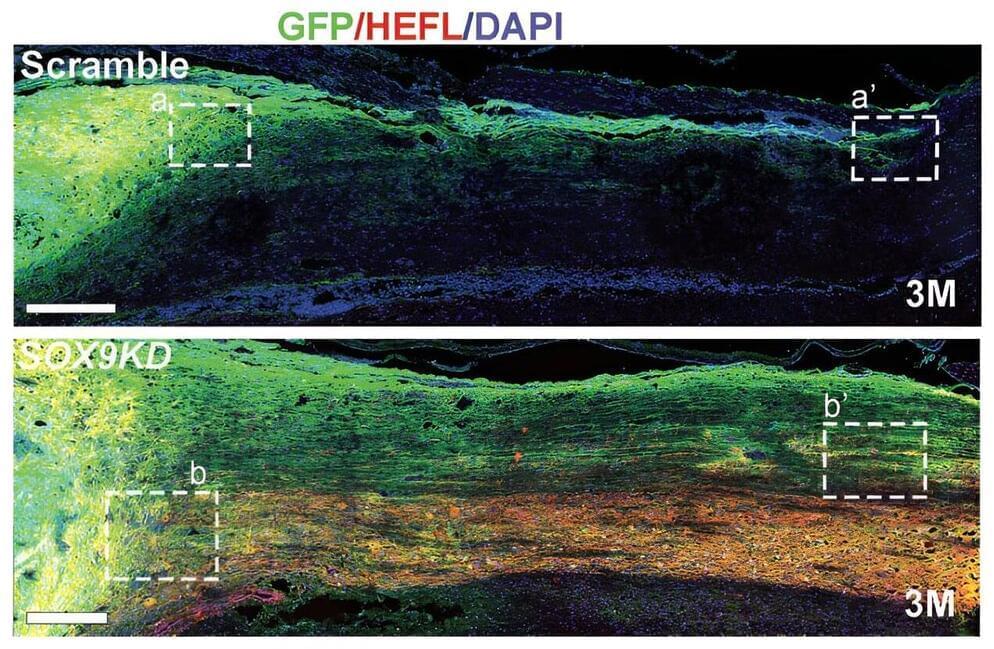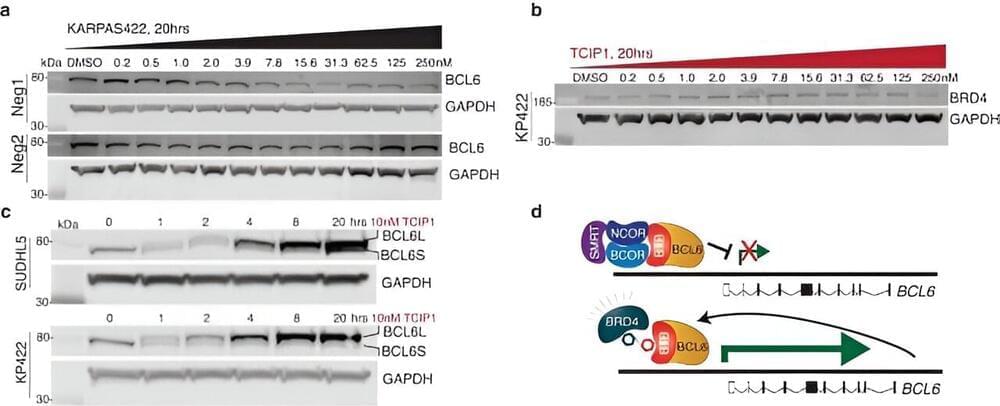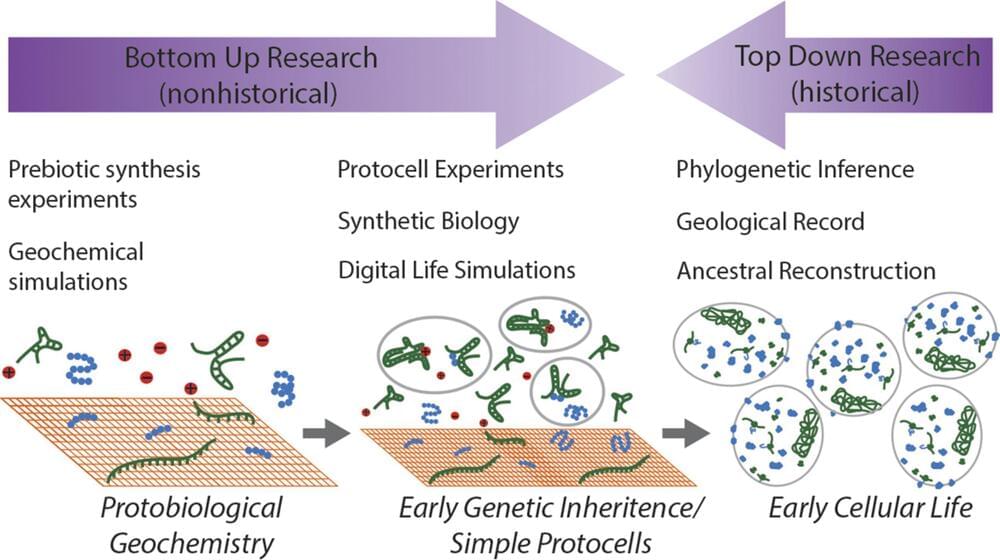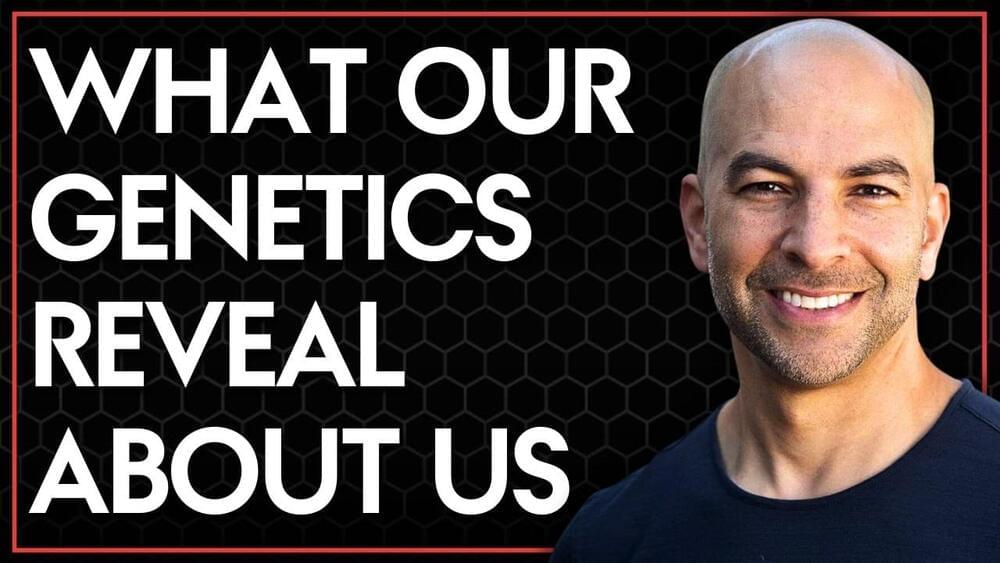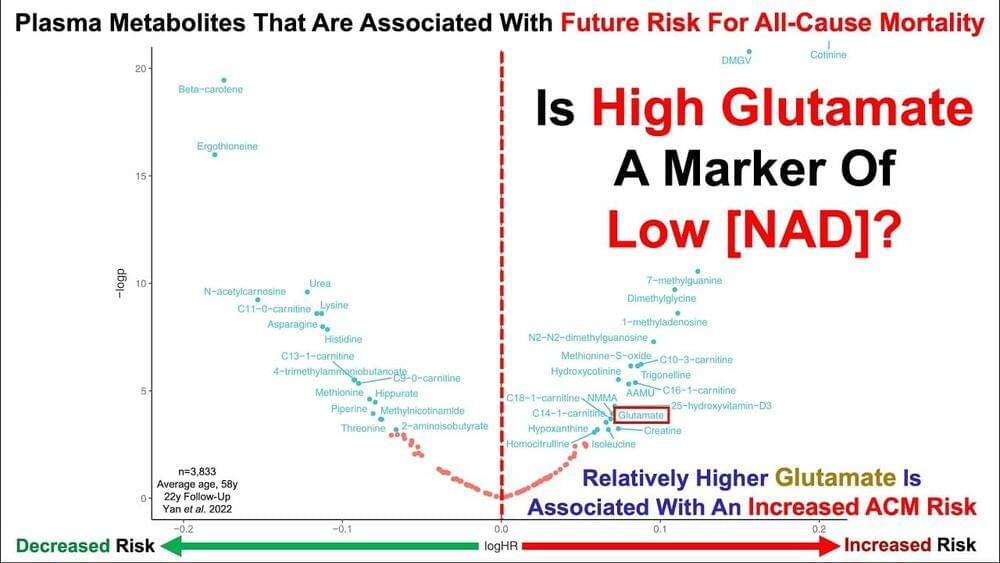
In October 2020, Argentina approved the world’s first genetically engineered wheat for cultivation and consumption. Production expanded dramatically in 2021, and will continue to expand in 2022, after Argentina received regulatory approval in late 2021 for exports to Brazil, a major consumer of Argentina’s wheat.
The lessons from Argentina’s experience are important as other countries decide whether they want to follow suit. Argentina’s genetically engineered, drought-tolerant wheat — named HB4 — could have large environmental benefits, but other countries’ choices will determine their scale.
Argentina is increasingly struggling with drought and saw an opportunity for HB4 wheat to help stabilize production and revenue. Yields have been steadily decreasing since 2017, partially due to drought, with the 2020/21 season yields the second-lowest in ten years. Yields in the 2021/22 season bounced back thanks to sufficient rainfall at critical times. HB4 wheat, genetically engineered to be drought resistant, can help protect against such variability by maintaining high yields even under drought conditions. HB4’s drought resistance gene comes from sunflowers, so it qualifies as transgenic — containing genes from a different species — and therefore as bioengineered, genetically modified, or a GMO.
